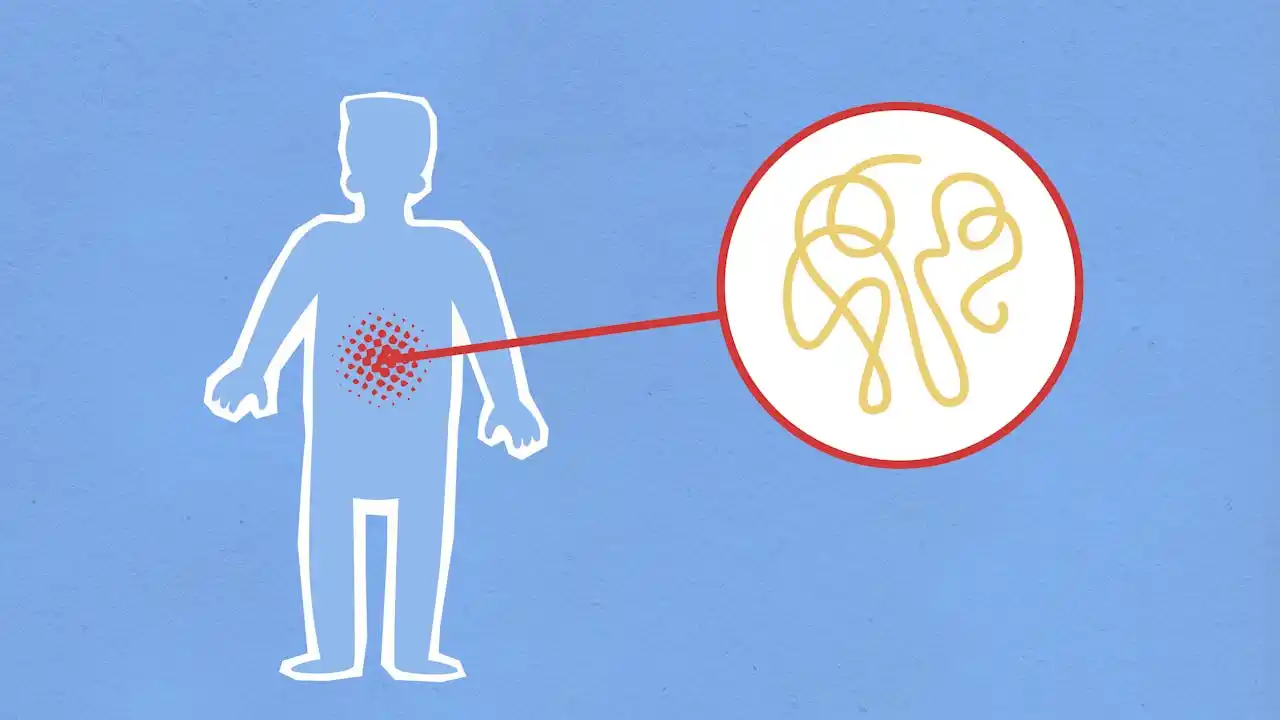Dumping syndrome is a complex gastrointestinal condition that typically occurs after surgery involving the stomach. It is characterized by a rapid emptying of stomach contents into the small intestine, often leading to a wide range of digestive and systemic symptoms. Though more common after procedures such as gastric bypass or gastrectomy, this condition may also present in less obvious scenarios, making it essential to understand its symptoms, causes, and impact on metabolic function.
What is dumping syndrome?
Also referred to as rapid gastric emptying, dumping syndrome involves the swift movement of undigested food from the stomach to the small intestine. This accelerated process disrupts normal digestion and absorption, triggering both early and late-phase symptoms. It generally manifests within 10 to 30 minutes after eating (early dumping) or 1 to 3 hours post-meal (late dumping). Both phases can cause significant discomfort and, if left unmanaged, may interfere with nutritional balance and daily functioning.

Common symptoms of dumping syndrome
Symptoms can vary in intensity and duration, depending on the severity of the condition and the types of food consumed. Early symptoms are often related to fluid shifts in the small intestine and include:
- Abdominal cramps or pain
- Nausea and vomiting
- Bloating or a feeling of fullness
- Diarrhea
- Sweating
- Dizziness or lightheadedness
- Rapid heartbeat or palpitations
Late symptoms usually stem from a sudden drop in blood sugar, a result of insulin overproduction following rapid glucose absorption. These may include:
- Fatigue
- Weakness
- Shakiness
- Hunger
- Confusion
- Cold sweats
The presence of these symptoms shortly after meals may indicate dumping syndrome, especially in those with a history of stomach surgery. It is crucial to note that symptom patterns can differ between cases, and some may experience both early and late manifestations.
Causes and risk factors
The most common cause of dumping syndrome is surgical alteration of the stomach or esophagus. Procedures such as:
- Gastric bypass
- Sleeve gastrectomy
- Vagotomy
- Esophagectomy
These surgeries often affect the normal function of the pyloric sphincter, the muscle that regulates the passage of food from the stomach into the small intestine. When this muscle is bypassed or removed, food can flow too quickly into the intestine, initiating the cascade of symptoms associated with the condition.
In some rare cases, dumping syndrome may develop without prior surgery. Conditions such as diabetes mellitus or Zollinger-Ellison syndrome may contribute to abnormal gastric emptying, although these instances are far less common.

How dumping syndrome affects metabolism
The impact of dumping syndrome on metabolic function is significant, as it not only affects the gastrointestinal system but also disrupts the body’s overall ability to regulate essential processes.
Early dumping and fluid shifts
Early dumping causes food to pass rapidly into the small intestine, drawing fluid from the bloodstream into the gut. This sudden fluid shift can lead to hypovolemia, resulting in symptoms like dizziness, palpitations, and low blood pressure. Gastrointestinal distress such as cramping and diarrhea is also common.
Late dumping and glucose metabolism
Late dumping disrupts glucose metabolism. The abrupt absorption of sugars results in a spike in blood glucose levels, which is followed by an excessive insulin response. This leads to hypoglycemia, a condition where blood sugar levels drop too low, causing fatigue, irritability, and even fainting in some cases.
Nutrient absorption and deficiencies
Nutrient absorption can become compromised due to the shortened transit time in the gastrointestinal tract. Over time, this can result in deficiencies in essential vitamins and minerals such as iron, calcium, and vitamin B12, further complicating the overall health.
Can dumping syndrome be prevented?
Complete prevention may not always be possible, particularly when related to medically necessary surgeries. However, several strategies can reduce the likelihood of developing dumping syndrome or minimize its effects:
- Modifying the diet to include smaller, more frequent meals
- Avoiding high-sugar foods and beverages
- Increasing protein and fiber intake
- Consuming fluids between meals rather than with food
- Including complex carbohydrates instead of simple sugars
These lifestyle and dietary adjustments are often effective in managing symptoms and improving quality of life. However, it is essential to emphasize the importance of consulting with a healthcare provider. Since dumping syndrome can vary greatly in severity and impact, a medical professional’s guidance is critical for developing a tailored approach to treatment.

Managing dumping syndrome with the best support
Managing dumping syndrome can be a challenging part of the post-bariatric surgery journey, especially after procedures like gastric bypass. The sudden digestive changes may feel overwhelming at first, but with the right medical support, tailored nutrition, and close monitoring, it’s entirely possible to control the symptoms and maintain a full, balanced life.
That’s why at Boscen Weight Loss, every stage of the journey matters. From the moment a procedure is considered, through preparation, surgery, and long-term aftercare, our team is dedicated to providing comprehensive support focused not just on weight loss, but on lasting health and well-being.
If you’re exploring the option of a gastric bypass in Tijuana, our experienced professionals are ready to walk with you every step of the way. Let us help you move forward with confidence as you work toward better health, renewed energy, and an improved quality of life!




